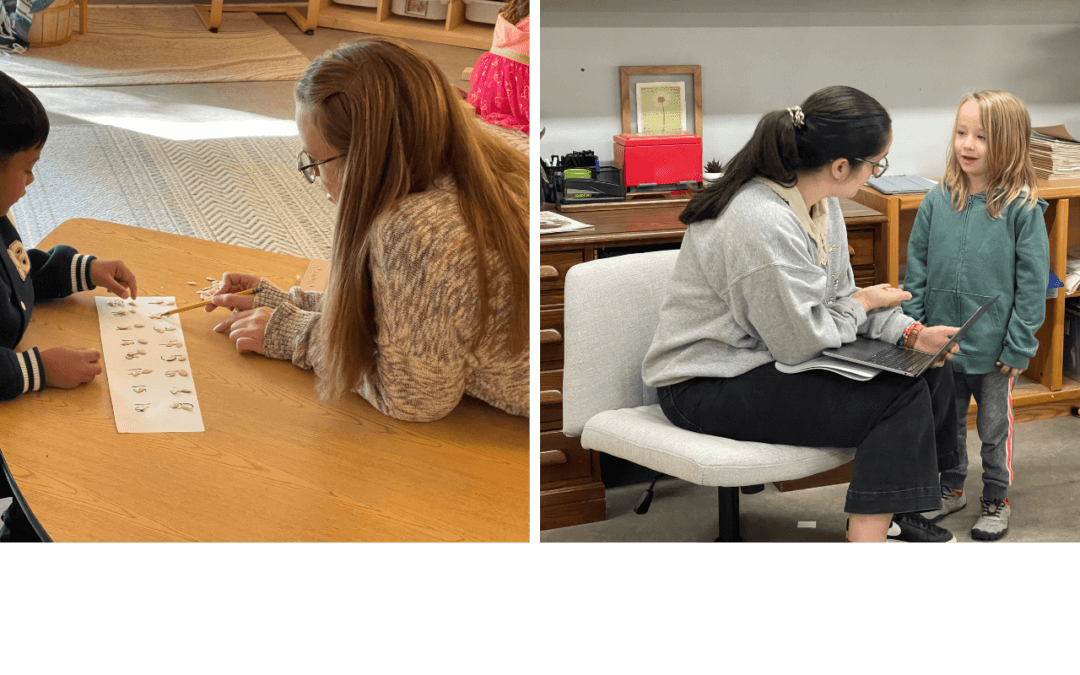Each of our students is a unique individual with differentiated needs, and how we assess student learning and academic achievement reflects that individuality. We use a variety of assessments, both in and out of the classroom, to tell us what we need to know about each of their learning goals. Some aspects of our assessments are uniform or similar as our students move from Pre-K to Eighth Grade, and some differ significantly. As we prepare for our October Family-Teacher conferences, we want you to know how we measure all of the incredible learning happening at Redwood.
Similarities:
Three things remain consistent through all of the grades at Redwood. 1) Assessments are conducted in a comfortable environment where individual students work with teachers, classmates, or independently to demonstrate understanding of concepts, 2) Students have a variety of ways to demonstrate mastery through the year, as appropriate to the specific subject or content area, and 3) Assessments are not intended to place a label on a child, but rather to tell us what we need to do differently or what we need to do more of to help a student master specific content. This does not mean that we aren’t calculating the number of items a student was able to recall or the effectiveness of their writing in conveying a point to a specific audience, but it does mean that we then use that information to adjust our practices or the amount of time we spend on a concept with a particular student based on what the information in the assessment tells us.
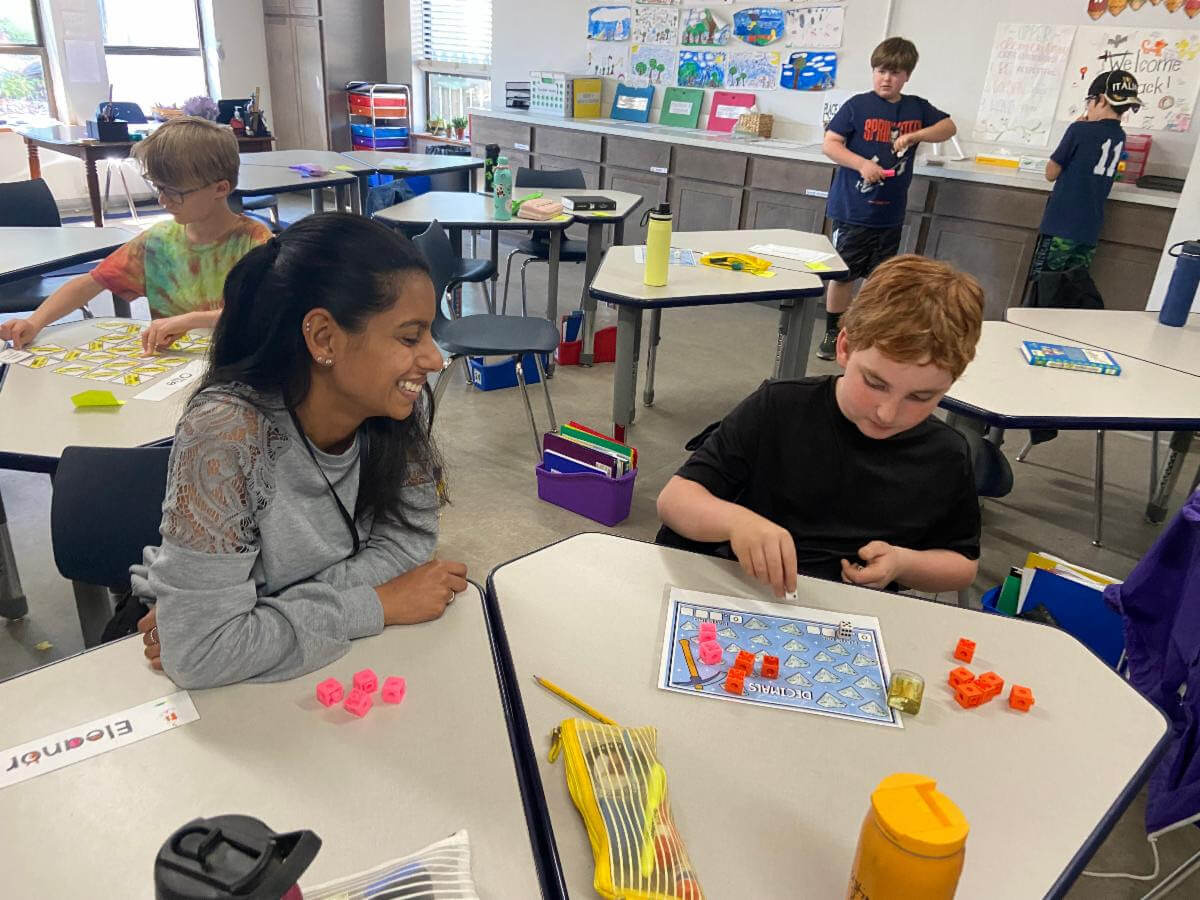
Differences:
The differences lie in how we assess academic achievement by grade or developmental stage and how we use benchmark assessments vs. in-class assessments. Depending on the grade/age group, we use everything from manipulatives and portfolios to spelling rule checks and middle school standard achievement tests.
Our Methods Match Our Mission
At Redwood, we believe that learning is a continuum, and our assessments should match that. Rather than points along a line, learning fluctuates and flows. We use this concept of a learning continuum to identify areas of strength or areas that need more growth for each student. Each child should be met where they are and motivated, inspired, and guided to achieve goals. We can use our assessment methods to create opportunities and curricula based on the skills needed for each student. Just as our model of social and emotional development focuses on the long-term benefits of helping our students become capable and responsible citizens, our approach to academic achievement focuses on the intrinsic value of success, rather than a letter or number associated in our students’ minds as a reward or consequence. We want our students to develop a lifelong love of learning, and what we communicate about achievement to our students is a determining factor in how they perceive learning.
Redwood’s Mission Statement: Redwood provides an educational environment that fosters students’ intellectual, social and emotional development and empowers them to reach their full potential in an inclusive, supportive environment.
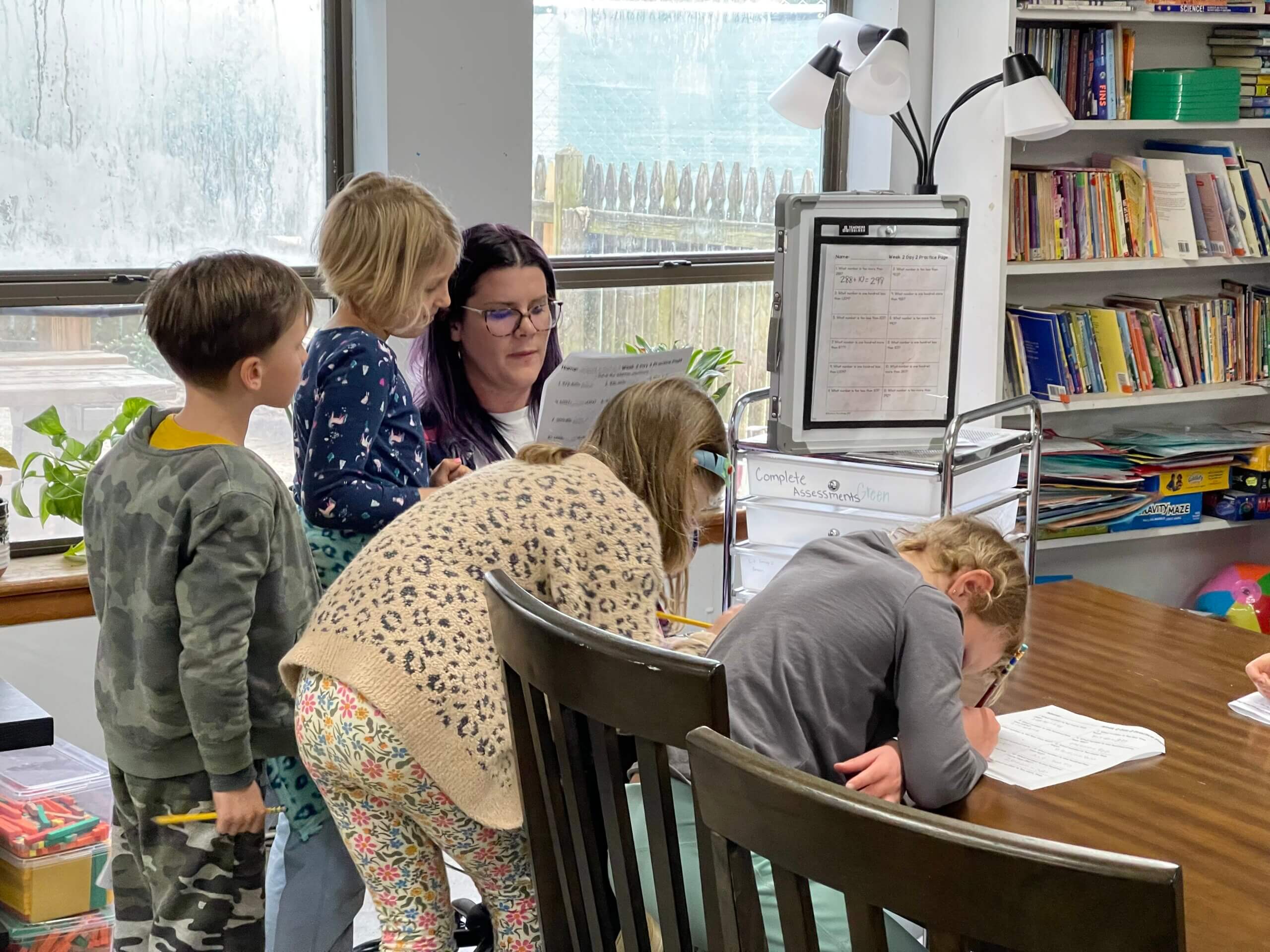
Assessments For Learning vs. Assessments Of Learning
In-class assessments for learning determine a student’s understanding of a skill or lesson. Assessments of learning are conducted at specific points in the year to help us understand student achievement against nationwide standards. Assessments help us adjust instruction, monitor student progress, and identify students at-risk. Both forms of assessments serve a distinct and powerful purpose, and together, they enhance and inform instruction and student achievement.
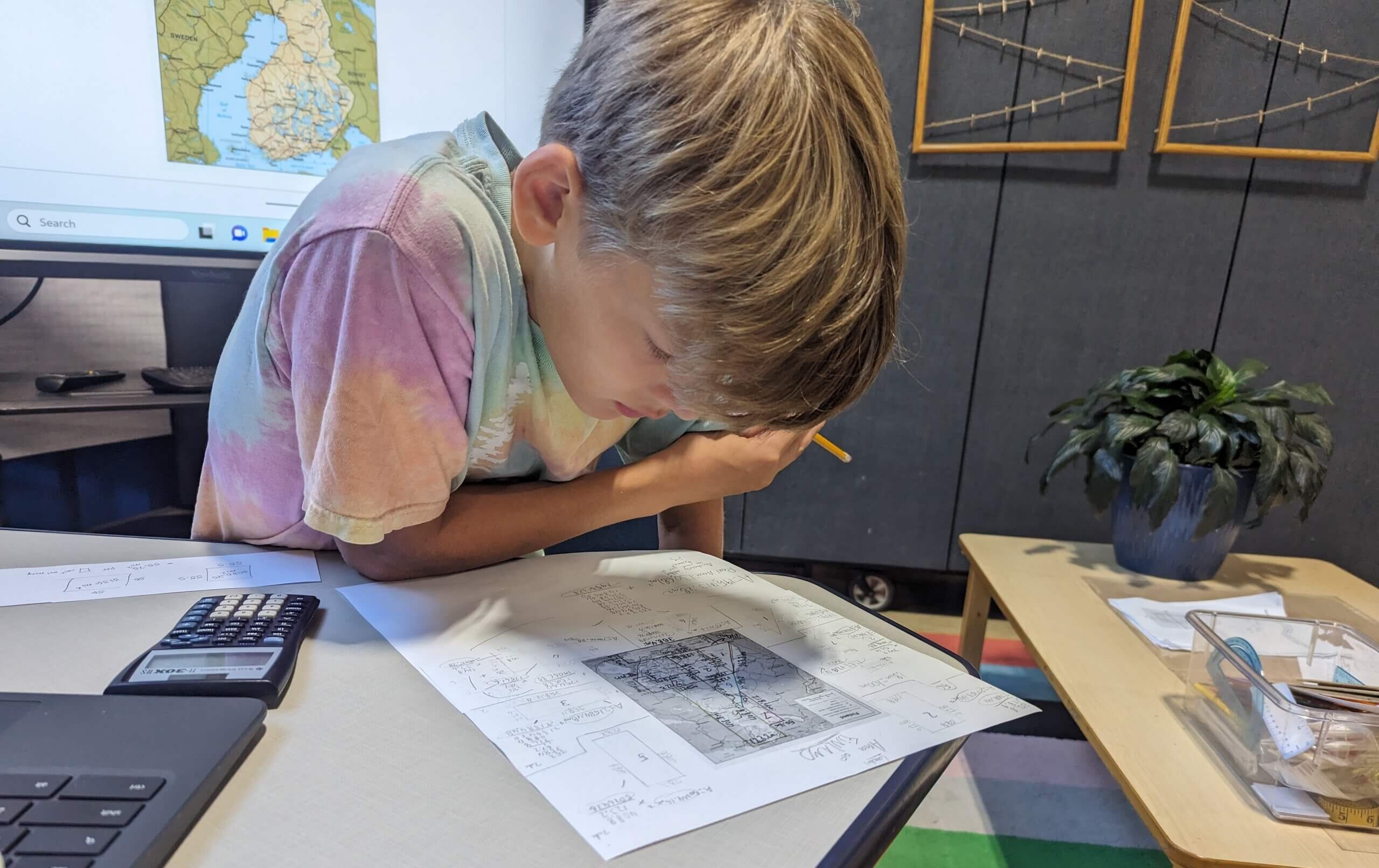
Assessment Goals
The goal of an assessment should be to tell us, as educators, what we need to do in order to help our students succeed and achieve designated learning targets. The goal should not be to label a child with a letter or number that serves as a deterrent or motivator. There is a lot of current research on the topic of grades versus child-centered assessments. In the book Role Reversal: Achieving Uncommonly Excellent Results in the Student-Centered Classroom (2013), Mark Barnes suggests that in gradeless classrooms, “teachers would learn how to effectively assess academic performance, and students would become independent learners, driven by curiosity and inspiration rather than by the empty promise of a “good” grade or the threat of a “bad” one…the goal is to steer students away from passive learning and into a more active role in their schooling. The focus is on the learning process rather than the score, the pressure of performance is replaced by an environment where students feel free to make mistakes, continuously self-evaluate, and develop deeper understanding. It also champions increased parent involvement and teacher feedback.”
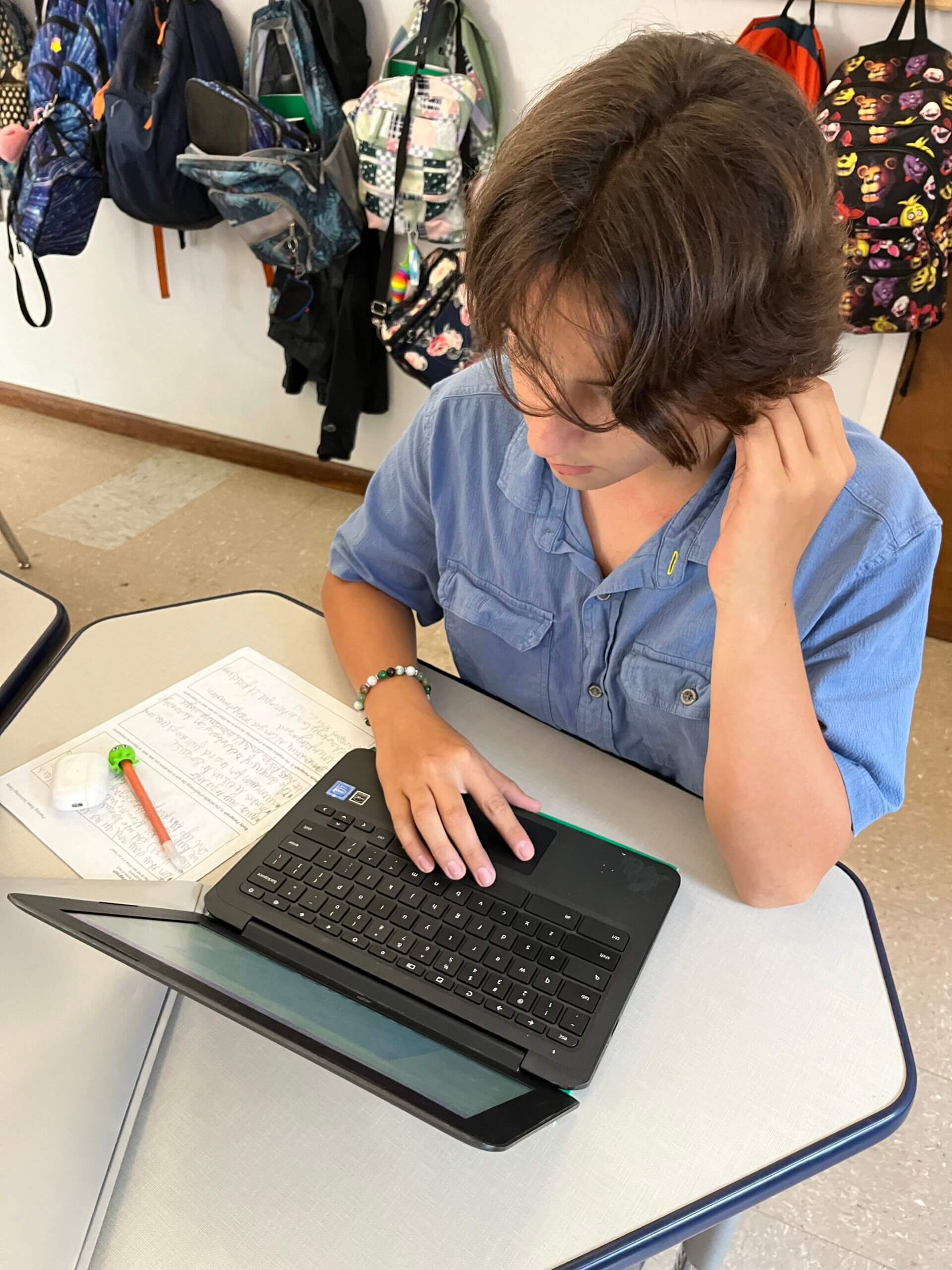
To achieve the goals mentioned above, we have qualified and capable teachers as well as a Learning Support Team providing guidance and oversight. All of these individuals conduct assessments for learning and assessments of learning to ensure that our students are accessing and mastering content, and receiving additional support when necessary.
Meet Our Learning Support Team
The Redwood Learning Support Team is comprised of the Director of Curriculum and Instruction (Mrs. Vance), the Director of Student Support Services (Mrs. Bashorun), the Intervention Specialist (Ms. Harrod), and myself. Here is how the team works to support all of the students at Redwood.
- Mrs. Bashorun, Mrs. Vance, and Ms. Harrod conduct benchmark assessments three times per year.
- They provide our teachers with the results and work with them to determine which students need more support in the classroom and which need additional support out of the classroom.
- When students need intervention in the classroom, they provide the teachers with a “prescription” and review regular progress monitoring conducted by classroom teachers to determine if the intervention is positively impacting student achievement.
- When students need help outside of the classroom, in addition to the in-class intervention, Ms. Harrod sees them for individual or small group instruction during a time coordinated with the family.
- Each member of the Learning Support Team, including me, meets with teachers monthly, or bi-monthly, to discuss student progress and classroom instruction strategies, and to provide support to our teachers.
- Mrs. Vance works with teachers to find professional development opportunities relevant to classroom instruction and assessments.
- Mrs. Bashorun works with teachers and families to create student support plans that outline classroom accommodations for students needing significant academic, emotional, or behavioral support. When it involves social and emotional support, our School Social Worker, Ms. Kimberling is also directly involved.
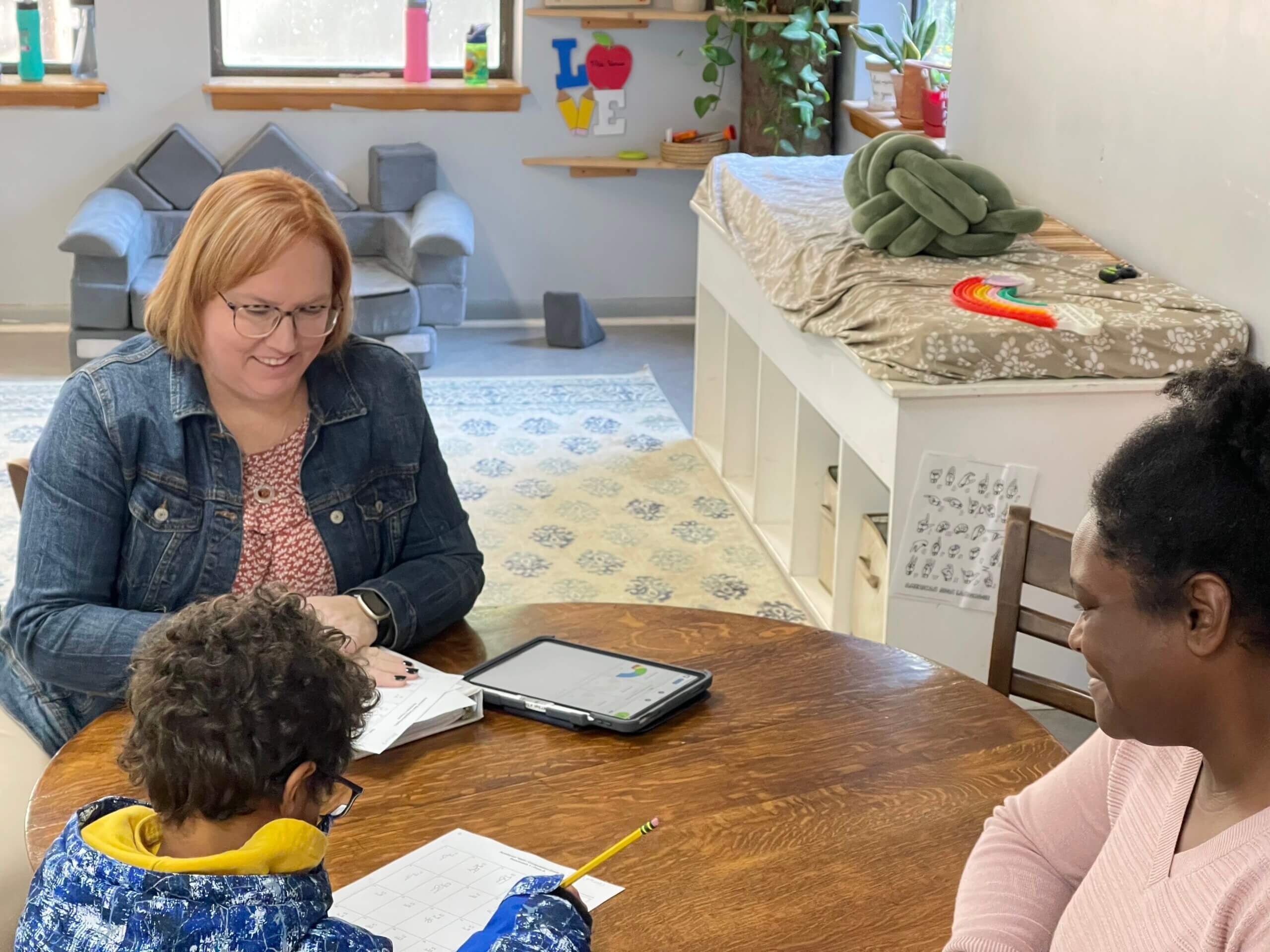
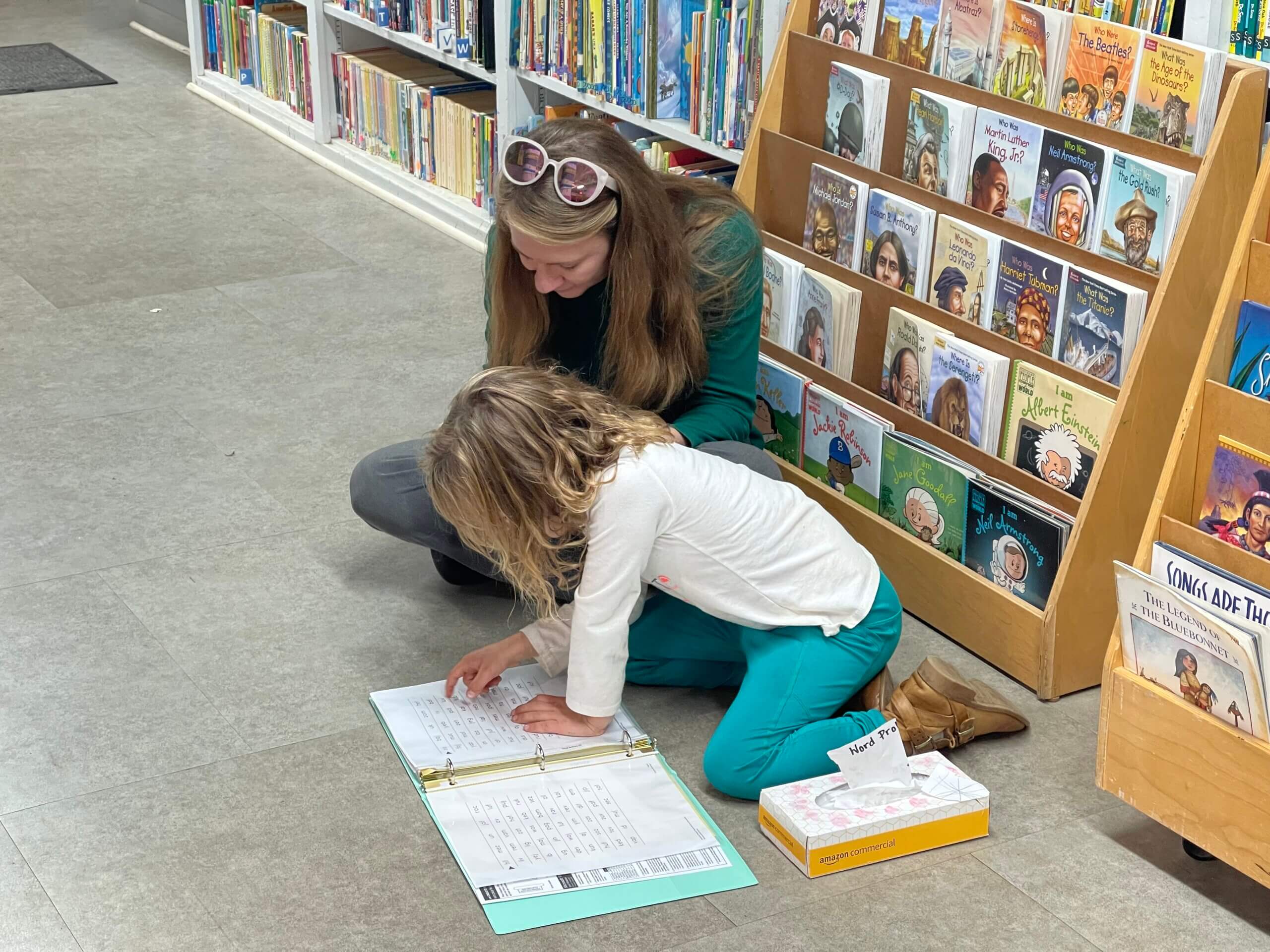
During your conferences, you will learn of the many wonderful things your child has been engaged in so far this year, as well as how they are doing socially, academically, and emotionally. Student success is truly a team effort, and our assessment practices are a perfect reflection of what differentiated education and collaboration look like at Redwood.

